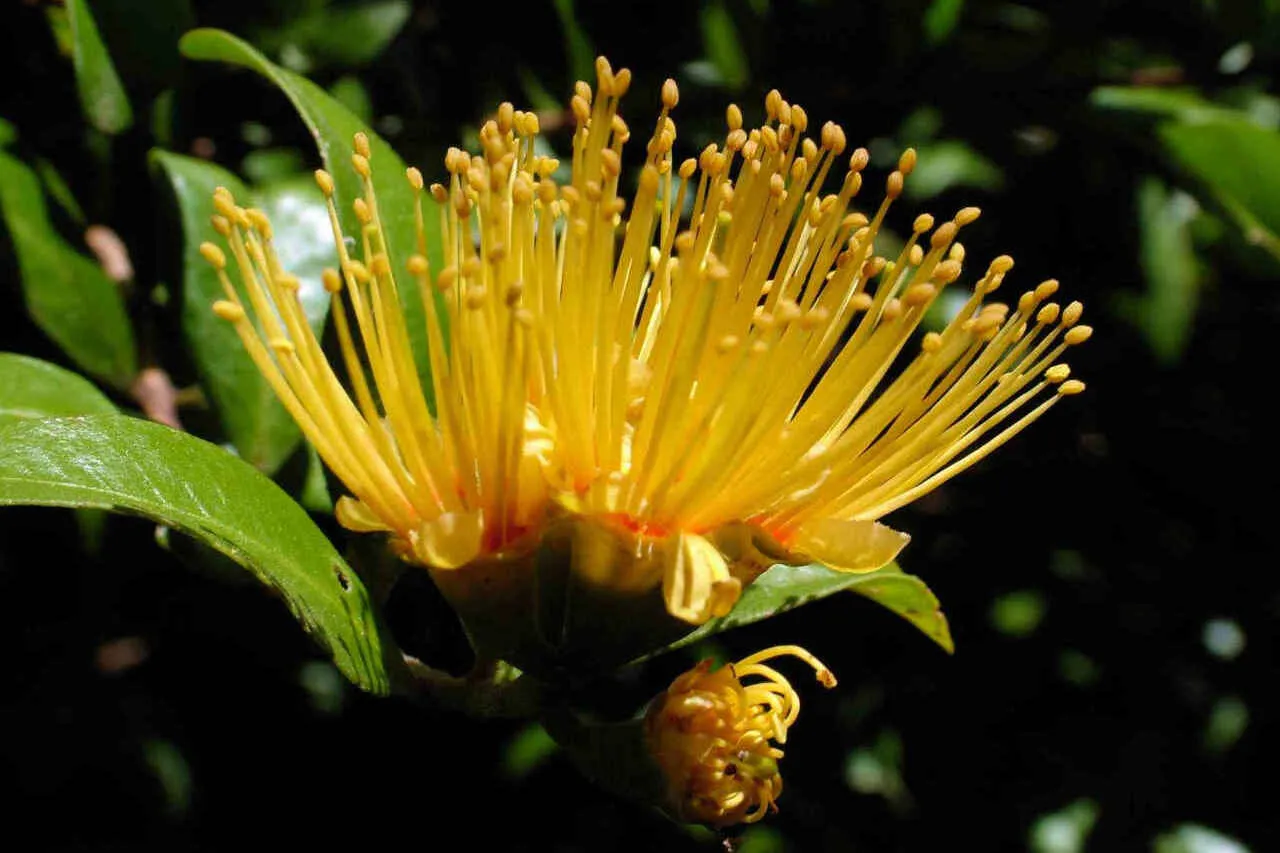Rātā trees, along with the pōhutukawa, are one of the best known native trees in New Zealand.
Image courtesy of Windy Hill Sanctuary
Native birds benefit from rātā, but as possum numbers increase the threat to native birds and to rātā has also grown.
The rātā and pōhutukawa belong in the myrtle family of trees. Other members include mānuka, kānuka and swamp maire.
Rātā trees have glossy dark green leaves and trunks that are often gnarled and twisted. However they are best known for their brilliant red flowers that appear in profusion from November to January, depending on location, and can be seen from some distance away.
The trees tend to flower well only once every few years and seem to favour the high rainfall conditions of the West Coast.
Native birds such as the tui, bellbird and kākā all benefit from the presence of rātā trees in the forest.
The two main types of rātā are the northern and southern. Bartlett’s rātā is endangered and very few remain.
Read More at the Department of Conservation
Source: Department of Conservation and licensed by greatbarrierisland.nz for re-use under the Creative Commons Attribution 4.0 International licence at http://creativecommons.org/licenses/by/4.0/
